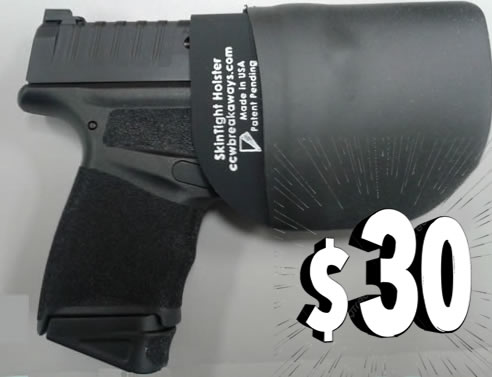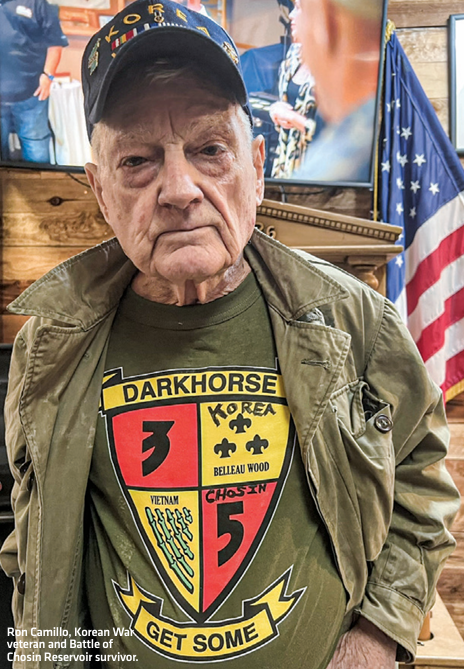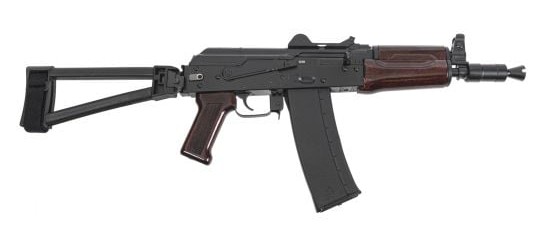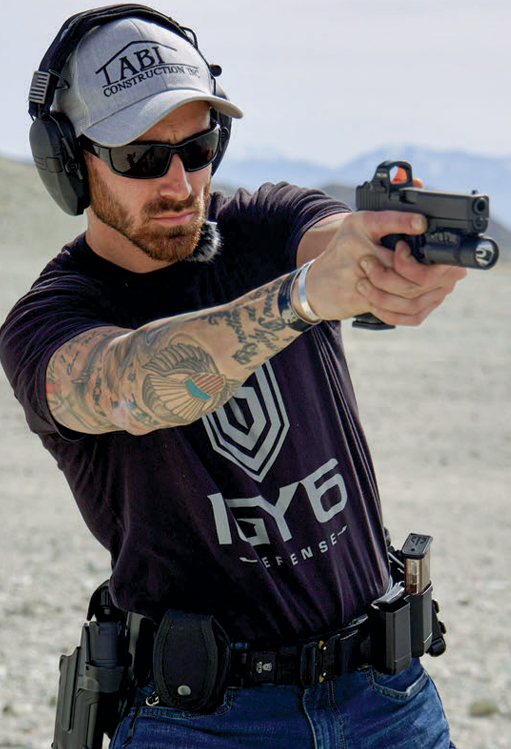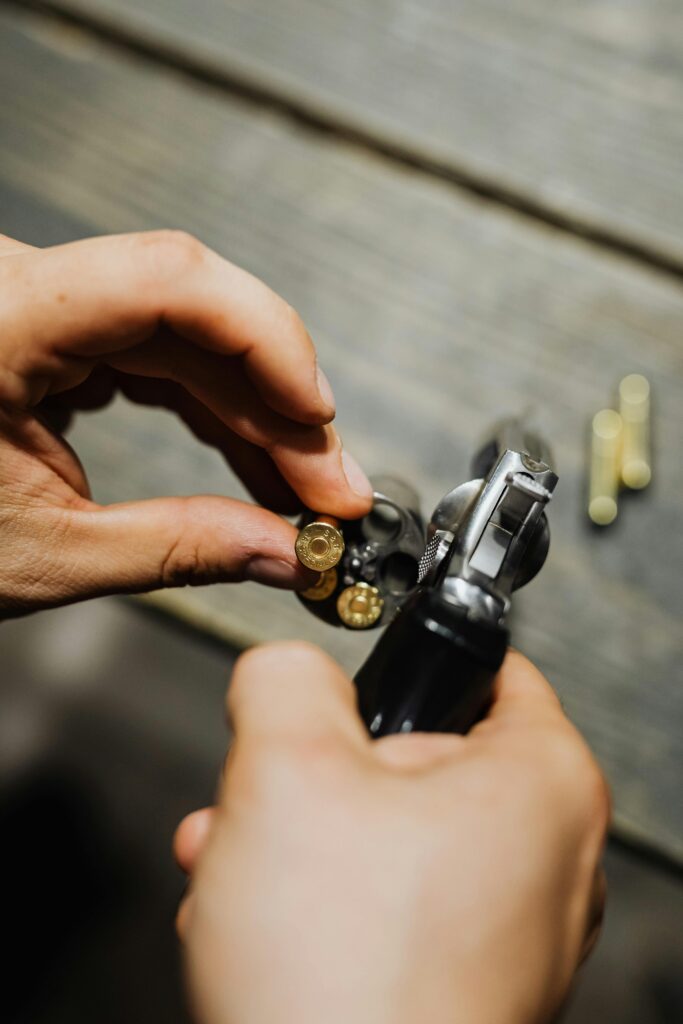
A steady diet of dryfire at-home practice is an excellent way to save money on ammo and engrain proper muscle memory and shooting form. However, sometimes you just NEED to send some live rounds downrange! Let’s be honest, spending an afternoon clanging some steel or punching holes in paper at the range is something we all love to do. But sadly ammo prices aren’t getting any cheaper and your shooting budget might not be as big as it used to be!
Fear not! Because we’ve got four surefire methods to maximize your time at the range and make every precious shot count when you’re doing some live fire practice.
Shoot Rimfire
If your ammo budget is razor thin, then utilizing a rimfire pistol or rifle is unquestionably the cheapest option out there. Sure, .22 LR ammo might not be as cheap as it used to be, but it’s still considerably less expensive than centerfire rounds.
Using rimfire ammo also helps maintain the marksmanship fundamentals you’ve been working on with LASR Dynamic Dryfire. Rimfire rounds have virtually no recoil and this lets shooters focus completely on their trigger squeeze without having to worry about imminent wrist pain (I’m looking at you 40 S&W). Although shooting a rimfire handgun isn’t exactly equivalent to practicing with your favorite centerfire EDC pistol, it’s a whole lot better than not shooting at all and still lets you get real rounds downrange.
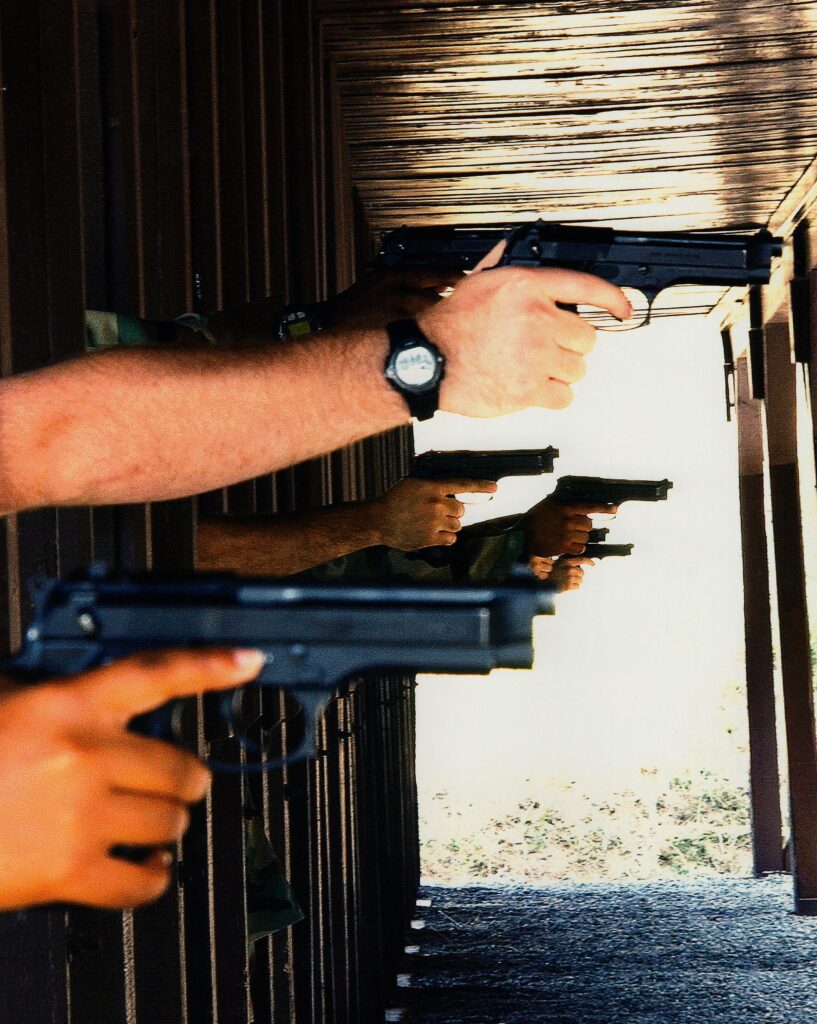
Don’t Load Your Magazines to Capacity
This is a trick that I don’t hear a lot of people talking about and it needs to become more mainstream if you’re looking to conserve ammo at the range, and that is to not load your magazines to capacity.
Not only does this make your ammo last longer, but it also lets you utilize more time at the range. Let me explain!
Your standard Glock 17 magazine holds a total of 17 rounds, while your standard box of 9mm ammo has 50 rounds in it. That means if you only bring one box of 9mm to blast through, you’ll get a total of 2.5 full mags worth of range time. That’s not much if you ask me!
Now if you instead load 10 rounds into your mags, that means you’ll get 5 mags worth of fire, which sounds a lot better to me. Here’s the thing, most ranges will charge you for the full hour of time regardless if you shoot for 10 minutes or 50 minutes. Might as well get as much use of that range time as possible if you ask me (because you’ve paid for it!)
Not only does this tactic help extend your time at the range, it also helps you stretch your ammo a bit further and makes you stop and analyze how you are shooting and what adjustments you need to make.
Take Your Time
Listen, I love a good mag dump just like any other red-blooded, 2 nd Amendment-loving American. Seeing how fast you can pull the trigger is always fun, there’s no denying that. However, unless you’re as accurate and experienced a shooter as Jerry Miculek, mag dumps only serve for determining how fast you can empty a magazine into the general direction of a target. Furthermore, they throw fundamentals to the wind and can be counterproductive to becoming a more accurate and consistent marksman. Many ranges prohibit rapid fire as well, so unless you want to draw the ire of the RSO, it’s probably best to leave the mag dumps for Call of Duty.
Instead, when you’re at the range, take your time between shots and try to focus on your breathing, trigger squeeze, and front sight focus. Not only does taking your time increase the amount of practice you get by maximizing each shot, but it also allows you to analyze how you’re shooting and what aspects you need to focus on more during your dryfire practice at home.
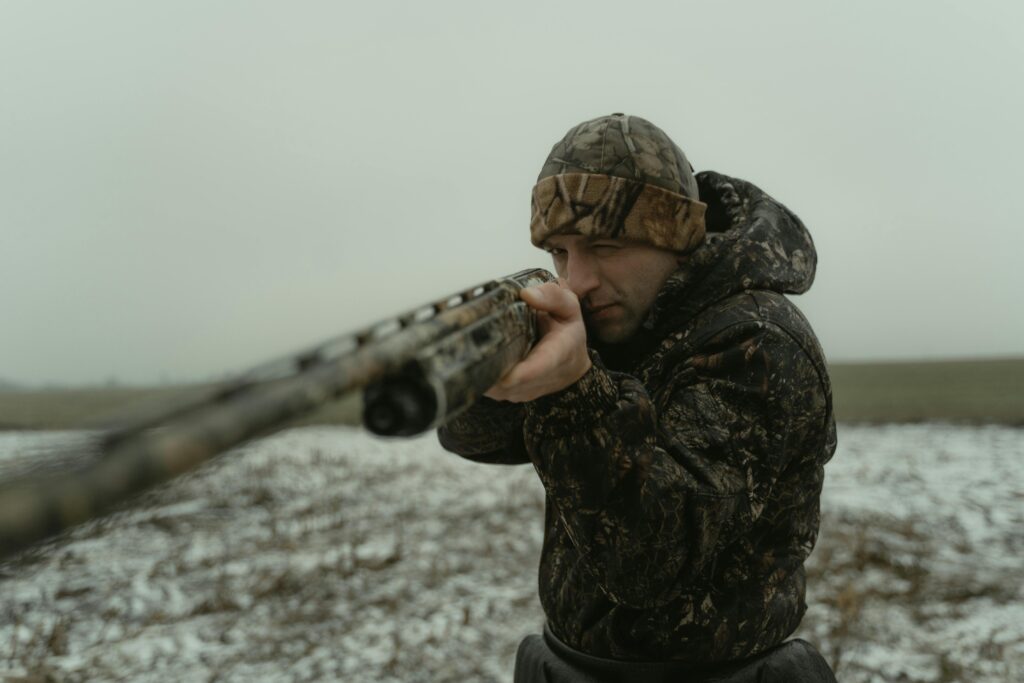
Use Smaller Targets
One of my favorite movies growing up was the Mel Gibson movie, The Patriot. It’s set back in 1776 and chronicles how Gibson’s character, Benjamin Martin, fights through the Revolutionary War. In one scene, he has to rescue his eldest son from the Red Coats and enlists his two younger sons to help him. Moments leading up to the ambush, Martin recites one of the key tenets of marksmanship, “Aim small, miss small”.
One of the best ways you can really hone in your focus and increase your accuracy is by shooting smaller targets during all of your range sessions. It’s easy to fool yourself into thinking you’re a crack shot when you are unloading shot after shot into the center mass of a police silhouette target at 5 yards. Sure, you were slinging shots all over the 7 and 8 rings, but that’s good enough for self-defense, right?
Not if you want to improve your accuracy it isn’t! Do yourself a favor and leave the IPSC and NRA B27 targets for competitive speed shooters and get yourself some smaller bullseye targets for range work. Smaller targets force you to slow down your shots and focus on the fundamentals of proper trigger control and sight alignment. This will reinforce good shooting habits and make you a more accurate shooter in the long run.
Parting Shots
There’s no denying that dryfire practice is an integral part of any training regimen. However, all the dryfire in the world can’t completely acclimatize you to the effects of squeezing the trigger on some live rounds. Combining laser dryfire at home in conjunction with live rounds at the range is the absolute best option for increasing your marksmanship skills.
Although the cost of range time may be increasing, by following the tips in this guide you can maximize your time at the range without maxing out your bank account!
About the Author
Chris Dwulet is an avid competitive shooter and handloader. He’s also a principle writer for Ammo.com and runs their Ammunition Guides Podcast on YouTube




